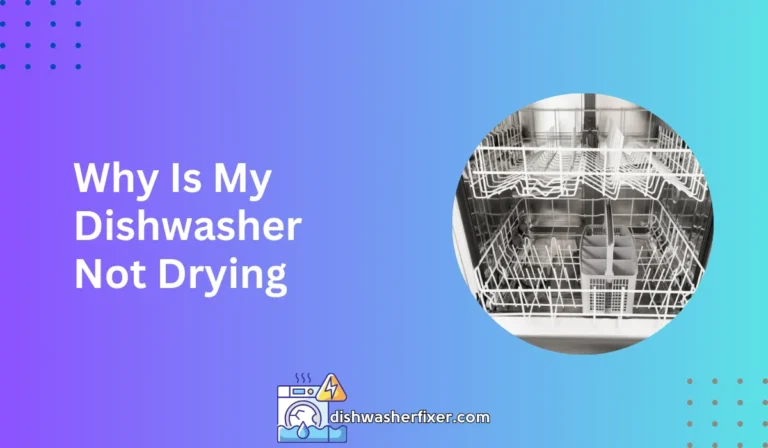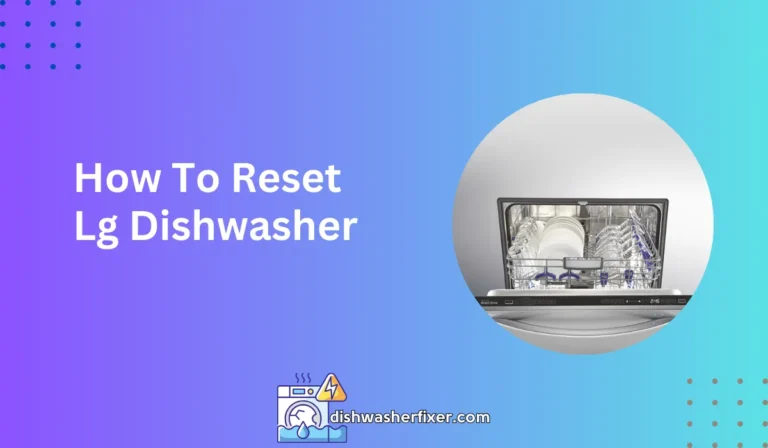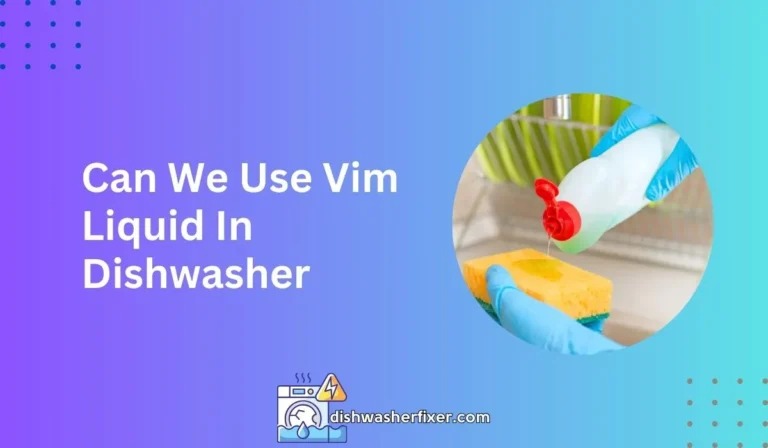How to Vent a Dishwasher: Essential Tips for Optimal Performance
To vent a dishwasher, connect the dishwasher drain hose to an air gap mounted on the sink or countertop, then attach another hose from the air gap to the sink drain or garbage disposal. Ensure the loop is high to prevent backflow.
Understanding Dishwasher Ventin

Importance of Venting a Dishwasher
Venting a dishwasher is a crucial step in the installation process, necessary for both the appliance’s efficiency and longevity.
Proper venting prevents dirty water from flowing back into the dishwasher, which could contaminate clean dishes and lead to health hazards.
It also helps in the drying process by allowing steam to escape, thus preventing excessive moisture that can lead to mold and mild ware.
How Venting Works in a Dishwasher
In a dishwasher, venting occurs through an air gap or a high loop in the drain hose. The air gap is a device installed under the kitchen sink or on the countertop.
It separates the dishwasher drain hose from the sink drain or garbage disposal unit, preventing contaminated water from siphoning back into the dishwasher.
If an air gap is not used, a high loop, where the hose is tied up high under the sink, can serve a similar function.
The Role of Venting in Maintaining Appliance Health and Function
Venting plays a pivotal role in the overall health of your dishwasher by ensuring that the appliance can properly drain between cycles, reducing the risk of buildup and unpleasant odors.
It also helps maintain the internal components by preventing corrosion and wear from excessive moisture.
Identifying if Your Dishwasher Has a Built-in Vent or Requires Manual Venting
Most modern dishwashers come with a built-in vent that automatically opens to release steam at the end of a wash cycle.
However, some models lack this feature and rely on manual venting solutions like an air gap or a high loop. Checking your dishwasher’s manual can help determine the type of venting system it uses.
Preparing to Vent Your Dishwasher

Tools and Materials Needed for Venting a Dishwasher
Before starting, gather the necessary tools and materials. You’ll need an air gap or hose clamps for a high loop, a drill with the appropriate ceiling box size hole saw attachment, screwdrivers, a measuring tape, and a pencil for marking.
Waterproof sealant and Teflon tape may also be required to secure connections and prevent leaks.
Steps to Ensure Safety Before Starting the Venting Process
Safety is key when working with appliances. Turn off the dishwasher’s power from the circuit breaker and shut off the water supply. Check the area where you’ll be working for any electrical wires or pipes to avoid accidents during drilling or cutting.
Choosing the Appropriate Location for a Dishwasher Vent
Choosing the right location for an air gap or high loop is essential. It should be close to the dishwasher and sink to facilitate easy drainage.
For an air gap, the ideal location is typically on the sink or counter, while a high loop will be placed under the kitchen sink.
Measuring and Marking for Vent Installation
Measure the space accurately where the air gap will be placed, or where the high loop will be secured. Mark the spots clearly with a pencil to ensure precise drilling or cutting. Make sure to double-check measurements before proceeding.
Installing the Dishwasher Vent

Instructions for Cutting a Vent Hole
If installing an air gap, use the drill and the hole saw attachment to create a hole in the designated spot. Ensure the hole is the correct size for the air gap to fit snugly. Remove any debris or rough edges after cutting.
Connecting the Vent to the Dishwasher
For the air gap method, connect one end of the dishwasher drain hose to the dishwasher’s drain outlet, typically located at the back of the appliance. Run the other end to the air gap and secure it using hose clamps.
If using a high loop, create the loop by securing the hose high up under the kitchen sink, ensuring it is above the level of the sink drain or garbage disposal.
Sealing and Securing the Vent to Prevent Leaks
Apply waterproof sealant around the base of the air gap to prevent water from leaking onto the countertop.
Secure the air gap with nuts provided and use Teflon tape on the threads to ensure a watertight connection. For a high loop, ensure that the hose clamps are tightened properly to prevent any slippage or leaks.
Testing the Dishwasher After Vent Installation to Ensure Proper Operation
Once the vent is installed, turn on the power and water supply to the dishwasher.
Run a test cycle to check for leaks and ensure the venting system is functioning correctly. Observe the air gap or high loop during operation to confirm there is no backflow of water.
FAQs About Venting a Dishwasher
What is the purpose of venting a dishwasher?
The purpose of venting a dishwasher is to prevent dirty water from siphoning back into the dishwasher, which could contaminate dishes and lead to water damage.
How do you install an air gap for a dishwasher?
To install an air gap for a dishwasher, mount the air gap device to the sink or countertop and connect the dishwasher drain hose to the air gap inlet, then connect another hose from the air gap outlet to the sink drain or garbage disposal.
Is an air gap necessary for all dishwashers?
An air gap is highly recommended and may be required by local plumbing codes for dishwashers to prevent backflow and ensure sanitary conditions.
Can you vent a dishwasher without an air gap?
Yes, you can vent a dishwasher without an air gap by creating a high loop in the drain hose and securing it to the underside of the countertop, although this may not be compliant with all local plumbing codes.
What should you do if there is no space for an air gap on the sink?
If there’s no space for an air gap on the sink, you can create a high loop with the dishwasher drain hose or consider installing a standpipe air gap under the sink if it complies with local regulations.
Final Thoughts
Venting a dishwasher involves connecting its drain hose to an air gap, which is then linked to the sink drain or disposal.
It’s crucial to ensure the hose forms a high loop to prevent wastewater backflow, safeguarding the dishwasher’s performance and maintaining sanitation within the system.
Useful Resources
- https://www.kingcounty.gov/en/dept/dph/health-safety/environmental-health/plumbing-gas-piping/installations/drainage-venting-fixture-unit-values
- https://docs.lib.purdue.edu/cgi/viewcontent.cgi?article=3131&context=iracc
- https://www.kingcounty.gov/en/dept/dph/health-safety/environmental-health/plumbing-gas-piping/installations/dishwasher-connections




